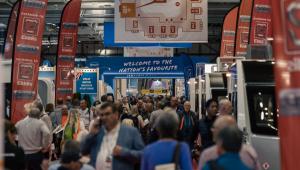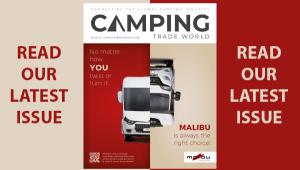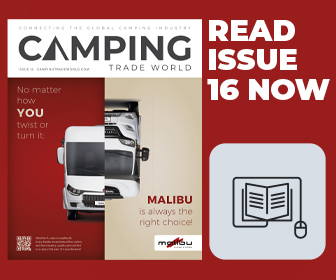Thor Industries reveals steps towards net-zero greenhouse gas emissions by 2050

American RV giant Thor Industries has revealed a step-by-step plan of how it aims to reach net-zero greenhouse gas emissions as a company by the year 2050. The company just published its Carbon and Climate Report, in which it details its sustainability risk management approach for managing the business threats presented by climate change. The disclosure also presents a plan for mitigating direct and indirect carbon emissions, also known as Scope 1 and Scope 2 emissions, across the company's operations.
The Carbon and Climate Report quantifies current emissions across the Thor family of companies, defines reduction targets and identifies key actions to help realize Thor's carbon net-neutral goal by 2050, including:
- Engaging with electricity partners to understand and drive conversion to renewables
- Internal investments in renewable energy self-generation
- Reduction of energy use, including a recent investment of US $1,279,000 anticipated to realize an estimated 10,815 MWH energy reduction
- An expanded partnership with the National Forest Foundation to plant half a million new trees by 2025
Thor Industries vice president of global supply management and sustainability Chris Workman said: “Climate change is a direct and real threat to the environment our owners rely on to enjoy the RV lifestyle, which creates a threat to our business. Aside from being the right thing to do, it is imperative for Thor Industries to manage these risks and lead the RV industry in doing so. Our Disclosure on Carbon and Climate report sets a baseline and the action steps needed to deliver on our ambitious sustainability goals.”
According to Workman, the progress the Company has made in establishing significant sustainability targets and benchmarking impacts is a natural progression of its growth and long-term business goals. He added: “Thor views sustainability as both a business imperative and an opportunity for positive environmental and social change. What is good for the outdoors benefits our owners, industry partners and ultimately, our business. We will continue to make improvements, share progress and challenge ourselves and our family of companies to do more.”
- Log in or register to post comments

















